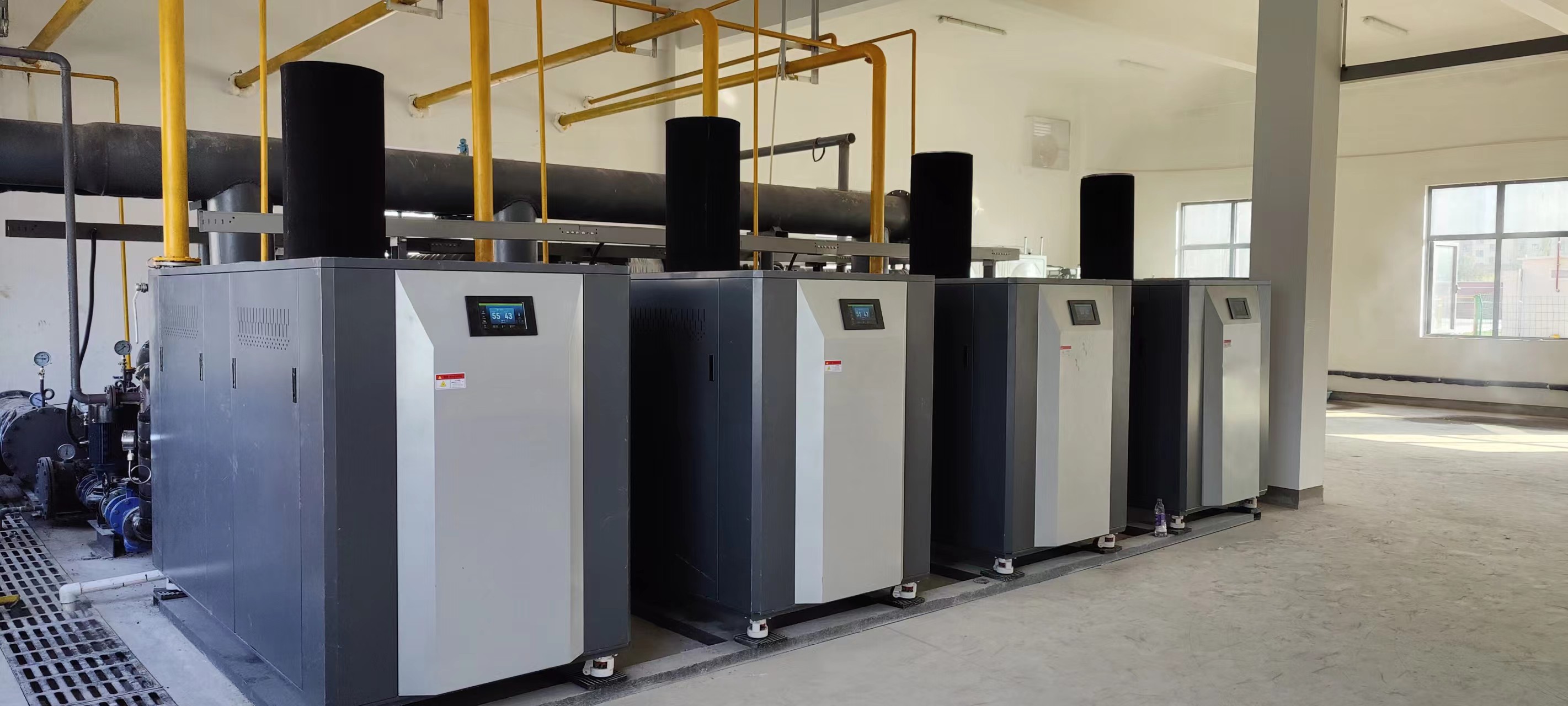- Afrikaans
- Albanian
- Amharic
- Arabic
- Armenian
- Azerbaijani
- Basque
- Belarusian
- Bengali
- Bosnian
- Bulgarian
- Catalan
- Cebuano
- China
- China (Taiwan)
- Corsican
- Croatian
- Czech
- Danish
- Dutch
- English
- Esperanto
- Estonian
- Finnish
- French
- Frisian
- Galician
- Georgian
- German
- Greek
- Gujarati
- Haitian Creole
- hausa
- hawaiian
- Hebrew
- Hindi
- Miao
- Hungarian
- Icelandic
- igbo
- Indonesian
- irish
- Italian
- Japanese
- Javanese
- Kannada
- kazakh
- Khmer
- Rwandese
- Korean
- Kurdish
- Kyrgyz
- Lao
- Latin
- Latvian
- Lithuanian
- Luxembourgish
- Macedonian
- Malgashi
- Malay
- Malayalam
- Maltese
- Maori
- Marathi
- Mongolian
- Myanmar
- Nepali
- Norwegian
- Norwegian
- Occitan
- Pashto
- Persian
- Polish
- Portuguese
- Punjabi
- Romanian
- Russian
- Samoan
- Scottish Gaelic
- Serbian
- Sesotho
- Shona
- Sindhi
- Sinhala
- Slovak
- Slovenian
- Somali
- Spanish
- Sundanese
- Swahili
- Swedish
- Tagalog
- Tajik
- Tamil
- Tatar
- Telugu
- Thai
- Turkish
- Turkmen
- Ukrainian
- Urdu
- Uighur
- Uzbek
- Vietnamese
- Welsh
- Bantu
- Yiddish
- Yoruba
- Zulu
Dec . 04, 2024 09:03 Back to list
cast iron pipe joints
Understanding Cast Iron Pipe Joints A Comprehensive Overview
Cast iron pipe joints have played a crucial role in plumbing and drainage systems for centuries. As one of the oldest materials used in piping, cast iron has proven its durability, strength, and resistance to corrosion. This article explores the types, characteristics, advantages, disadvantages, and applications of cast iron pipe joints.
Types of Cast Iron Pipe Joints
There are several types of joints used with cast iron pipes, each designed for specific applications and conditions. The most common types include
1. Push-on Joints These joints are designed for easy installation and provide a flexible connection that can accommodate minor ground movements. Push-on joints utilize a rubber gasket that creates a watertight seal as the pipes are pushed together.
2. Mechanical Joints This type involves a metal sleeve and a series of bolts that secure the two pipe ends together. Mechanical joints allow for slight angular movement and are often used in areas where grounding conditions may shift.
3. Flanged Joints In this design, flanges are welded to the pipe ends, allowing them to be bolted together. Flanged joints are typically used in industrial applications where ease of disassembly is required for maintenance or inspections.
4. Bell and Spigot Joints A traditional method, bell and spigot joints feature a bell-shaped end of one pipe that fits over the spigot end of another. This type of joint can be sealed with a gasket or lead, ensuring a tight fit.
Characteristics of Cast Iron Pipe Joints
Cast iron pipe joints possess several characteristics that contribute to their long-standing popularity
- Durability One of the standout features of cast iron pipes is their exceptional durability. They can withstand heavy loads, making them suitable for underground applications where soil pressure is a concern.
- Corrosion Resistance When properly maintained, cast iron is highly resistant to corrosion, particularly when it is coated with protective layers. This characteristic extends the lifespan of the piping system.
- Acoustic Properties Cast iron pipes are known for their sound-dampening properties. They can reduce noise levels significantly, making them ideal for use in residential buildings and commercial spaces.
Advantages of Cast Iron Pipe Joints
The advantages of using cast iron pipe joints in plumbing and infrastructure are numerous
cast iron pipe joints

- Longevity With a lifespan of 50 to 100 years, cast iron pipes offer long-term reliability, reducing the need for frequent replacements.
- Low Maintenance Costs Due to their robust nature and resistance to rust, cast iron pipes require less maintenance over time
.- Sustainability Cast iron is 100% recyclable, making it an environmentally friendly option. Many manufacturers utilize recycled cast iron in their products.
Disadvantages of Cast Iron Pipe Joints
Despite their benefits, cast iron pipe joints do present some drawbacks
- Weight Cast iron pipes are significantly heavier than other materials like PVC or ductile iron, making transportation and installation more labor-intensive.
- Brittleness While they are strong, cast iron joints can be brittle and susceptible to cracking if subjected to sudden impacts or extreme pressure.
- Cost Initially, cast iron pipes can be more expensive than alternatives. However, their longevity may offset the higher upfront costs through reduced maintenance and replacement needs.
Applications of Cast Iron Pipe Joints
Cast iron pipe joints are widely used in various applications, including
- Municipal Water Systems Their durability and resistance to corrosion make them ideal for conveying clean water.
- Sewer Lines Cast iron's ability to withstand aggressive waste and corrosive elements makes it a preferred choice for sewer applications.
- Industrial Settings Heavy-duty applications that require reliable performance under substantial loads often utilize cast iron pipe joints.
In conclusion, cast iron pipe joints remain an essential component in plumbing systems, thanks to their durability, resistance to corrosion, and long lifespan. While they may present certain limitations, the benefits often outweigh the disadvantages, making them a reliable choice for various applications. Through continued maintenance and attention, cast iron piping can serve communities and industries effectively for decades.
-
Premium Cast Iron Water Main Pipe: Durable, Corrosion-Resistant
NewsAug.03,2025
-
Durable Cast Iron Water Mains | AI-Optimized Systems
NewsAug.02,2025
-
High-Efficiency Propane Boiler for Baseboard Heat | Save Energy
NewsAug.01,2025
-
Premium Source Suppliers for Various Gray Iron Castings
NewsJul.31,2025
-
Durable Cast Iron Water Main Pipes | Long-Lasting
NewsJul.31,2025
-
High-Quality Cast Iron Water Main Pipe for Durable Infrastructure
NewsJul.30,2025


